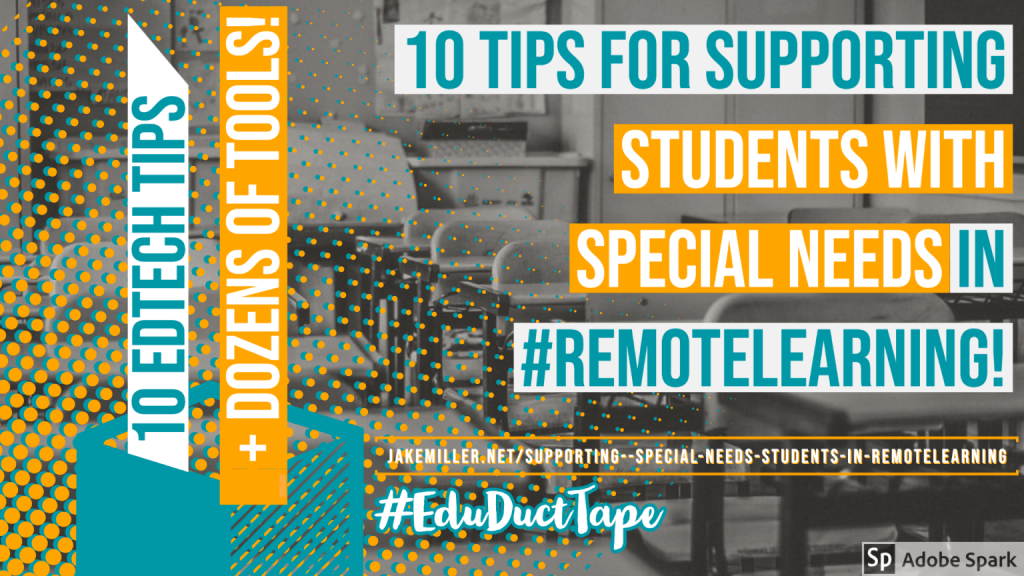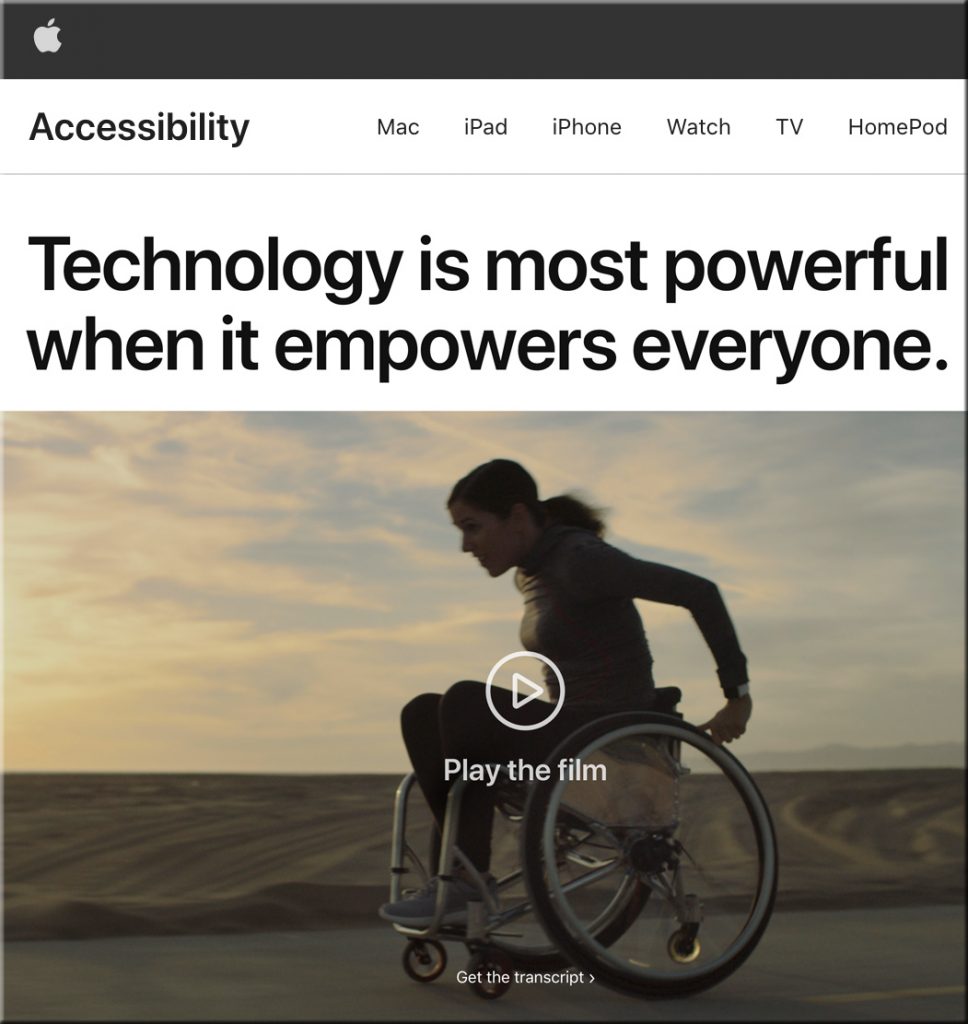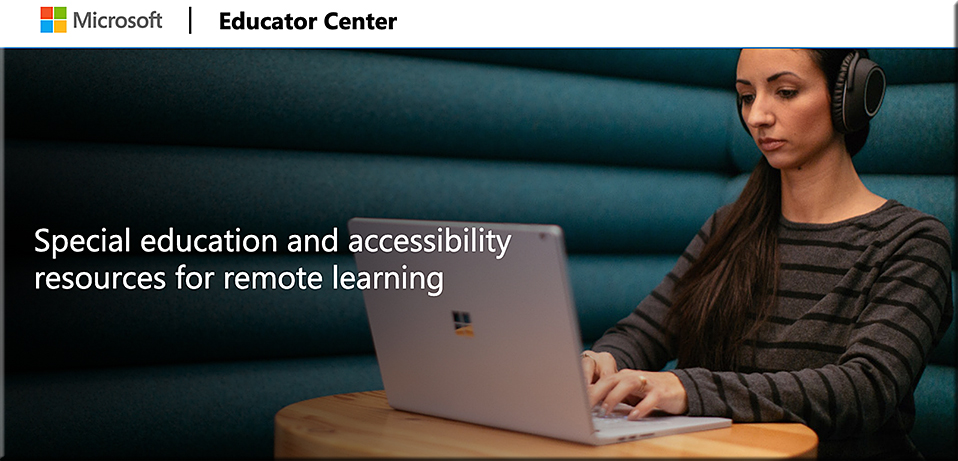What parents of special needs children should know about the school year — from mlive.com by Martin Slagter
Excerpts:
Embarking on a new school year can be daunting if you’re the parent of a child with special needs, even under normal circumstances.
But navigating a child’s Individualized Education Program or 504 Plan while he or she begins the year with remote learning, as many are doing this year due to the coronavirus pandemic, can add multiple layers of stress, education experts say.
This makes a parents’ understanding of their child’s learning experience more important now than ever, the experts say.
“Many students did not receive services and supports that were outlined in their IEPs (including) services related to specially designed instruction, speech and language, social work, occupational therapy and physical therapy. Now we enter the next school year with a high level of uncertainty.”
















